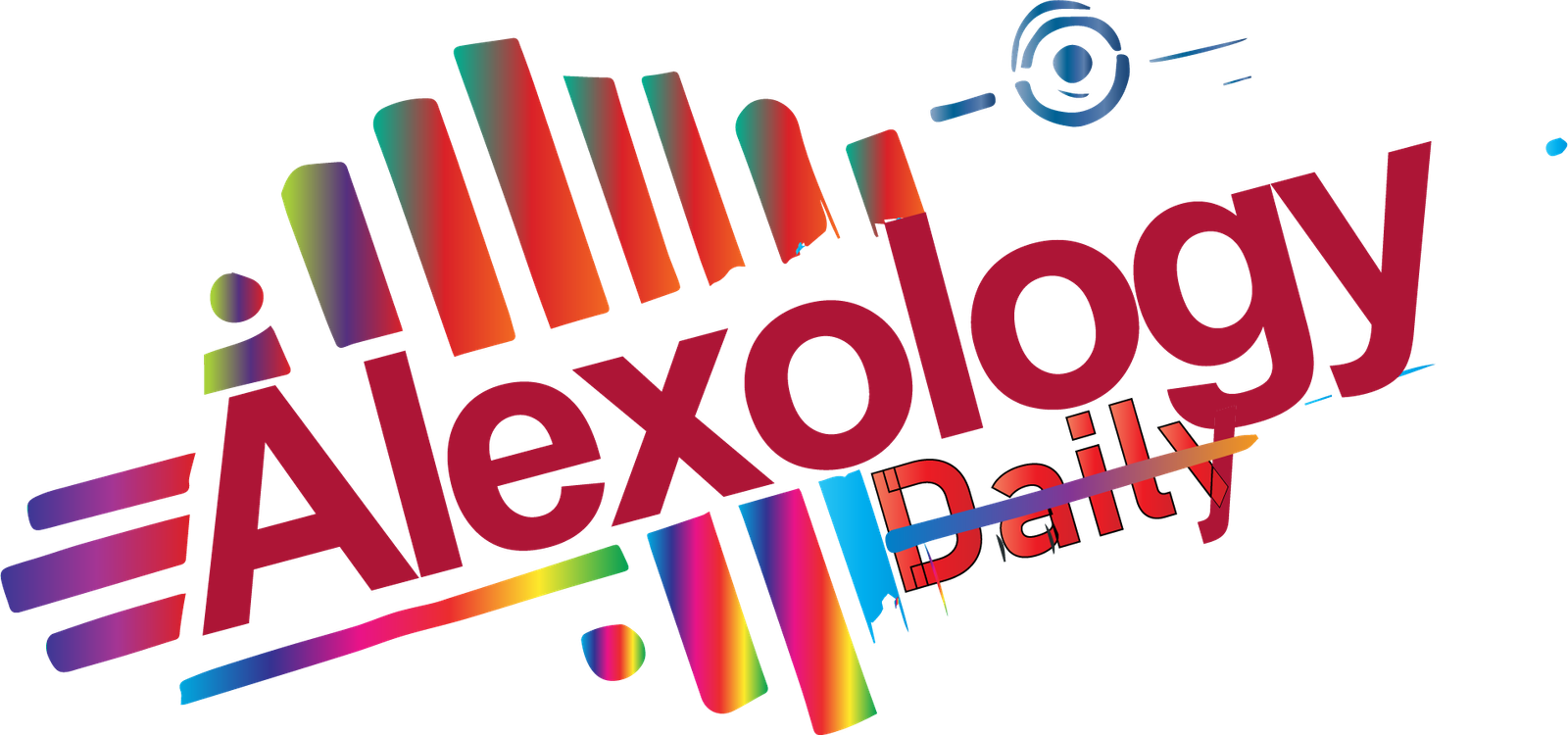Active learning methodologies check out the types
Education / Date: 03-30-2025

Education has been undergoing constant changes. One of them is the implementation of active learning methodologies, which provide a more dynamic approach to classes , making them more attractive to students.
Until recently, the traditional teaching model advocated the old conduct of the teacher as the sole transmitter of knowledge. Active methodologies are changing this scenario, encouraging students to actively participate in their own academic development.
Our goal in this article is to introduce the concept of active learning methodologies, the benefits they can bring, as well as some examples of this approach. Check it out!
What are active learning methodologies?
The core emphasis of this idea is to put the student in the central position of the learning process, thereby promoting active engagement in building their knowledge. That is, the student himself possesses the independence to build his learning and apply the concepts gained in the classroom.
The concept of active learning approaches is founded on the assumption that students learn more through being engaged in activities involving higher reflection, experimentation and problem-solving .
Thus, the main goal of this learning method is to optimize learning in order for students to acquire some necessary abilities for the labor market, including critical thinking, creativity and cooperation.
What are the benefits that this concept can provide?
There are numerous benefits that can be achieved by implementing active learning methodologies. See the main ones below.
More meaningful learning
By being actively engaged in the process of learning, students acquire the capacity to connect what they have studied to their reality. They can thus draw the practical utilization of the material studied in school into other aspects of life.
This implies that learning is likely to be more tangible and enduring, less mechanical memorization, and enabling students to actually internalize the material they are studying.
Better collaboration
Active learning approaches promote student collaboration . This is due to the fact that this method necessitates group exercises and discussions for coming up with solutions to various challenges in the area of study.
This kind of exercise reinforces certain interpersonal skills, such as communication, empathy and cooperation, which are so valuable in the academic world and in the labor market.
Development of creativity and innovation
When a student is challenged to find solutions to real problems , they exercise their creativity and thinking outside the box. In this case, activities based on case studies are applied and they need to experiment with different approaches, testing different hypotheses to find a unique and original solution.
Adaptation to new technologies
Active learning methodologies make extensive use of digital tools. Some examples include teaching platforms, the use of interactive resources, and gamification — we will look at some examples later in this article. This allows students to become familiar with the most advanced technologies on the market .
Preparation for the job market
Finally, this approach contributes to the development of skills that are increasingly demanded in the market . For example: autonomy, ease of problem-solving, teamwork, critical thinking, among others.
Therefore, by choosing an educational institution that applies the active methodology as a learning model, the student can prepare for the job market more efficiently. Ensuring that, in addition to theoretical knowledge, he/she also has the necessary practice to stand out in his/her profession .
What are the main types of active methodologies?
Now that you understand what active learning methodologies are, we will present some examples of this type of action. Follow along!
Project-based learning
Project-based learning is a concept inspired by Problem-Based Learning (PBL), a term originating in English , whose focus is to place students at the center of learning and challenge them to solve real problems .
In this case, he absorbs all the necessary theory and then gets his hands dirty, applying what he has learned in real situations, within his area of expertise.
Flipped classroom
The flipped classroom is one of the most important active learning methodologies we have. In this case, the traditional teaching logic is completely changed . Hence, we understand why it has this name.
Here, theoretical content is studied by students before classes. It can be accessed in the form of videos, texts and other sources. This first stage usually takes place in the Digital Education (EaD) format .
When the time comes for the in-person class, the student already has a wealth of knowledge acquired in the previous stage and can therefore move directly to practice, discussions, debates and resolving doubts.
The teacher plays a central role in this method. He or she acts as a mediator and encourages the student's development, ready to answer any questions that may arise during theory and practice.
Gamification
Gamification is a process that uses games, challenges, rewards and missions to make learning more engaging. This type of approach is interesting because it greatly increases students' motivation , making the learning process more stimulating.
The most interesting thing is that gamification can be applied in various contexts, regardless of the course and even the age of the student.
Follow Us
Newsletter
Subscribe to our newsletter to stay updated with our latest news and offers.
We respect your privacy.Trending










